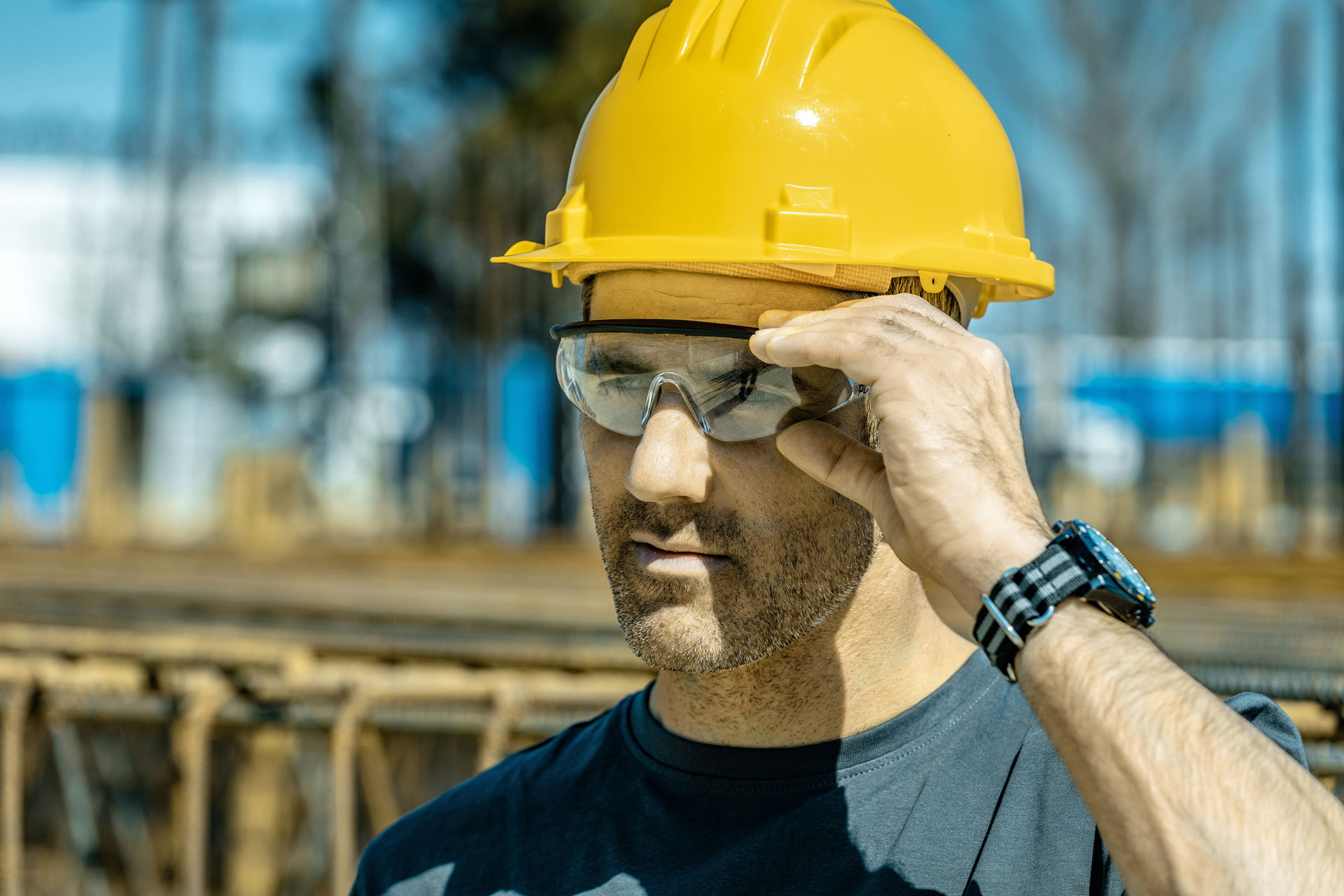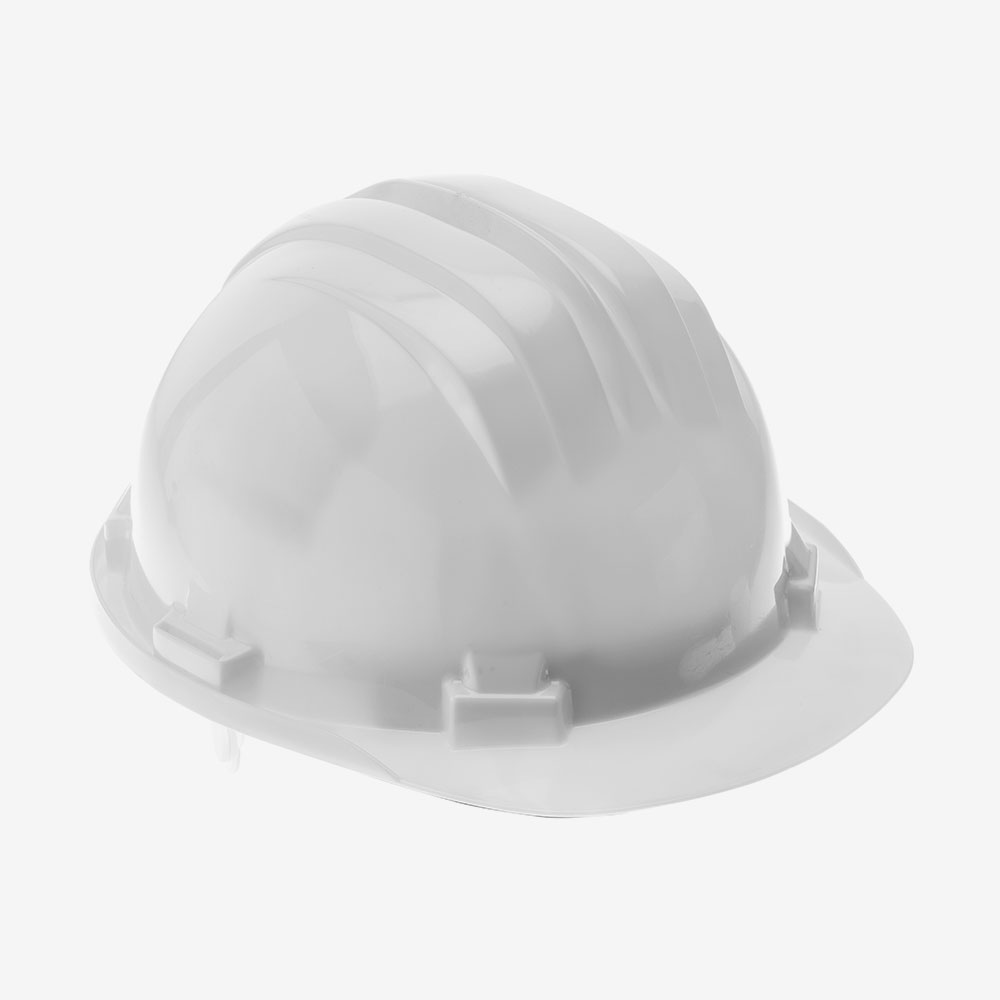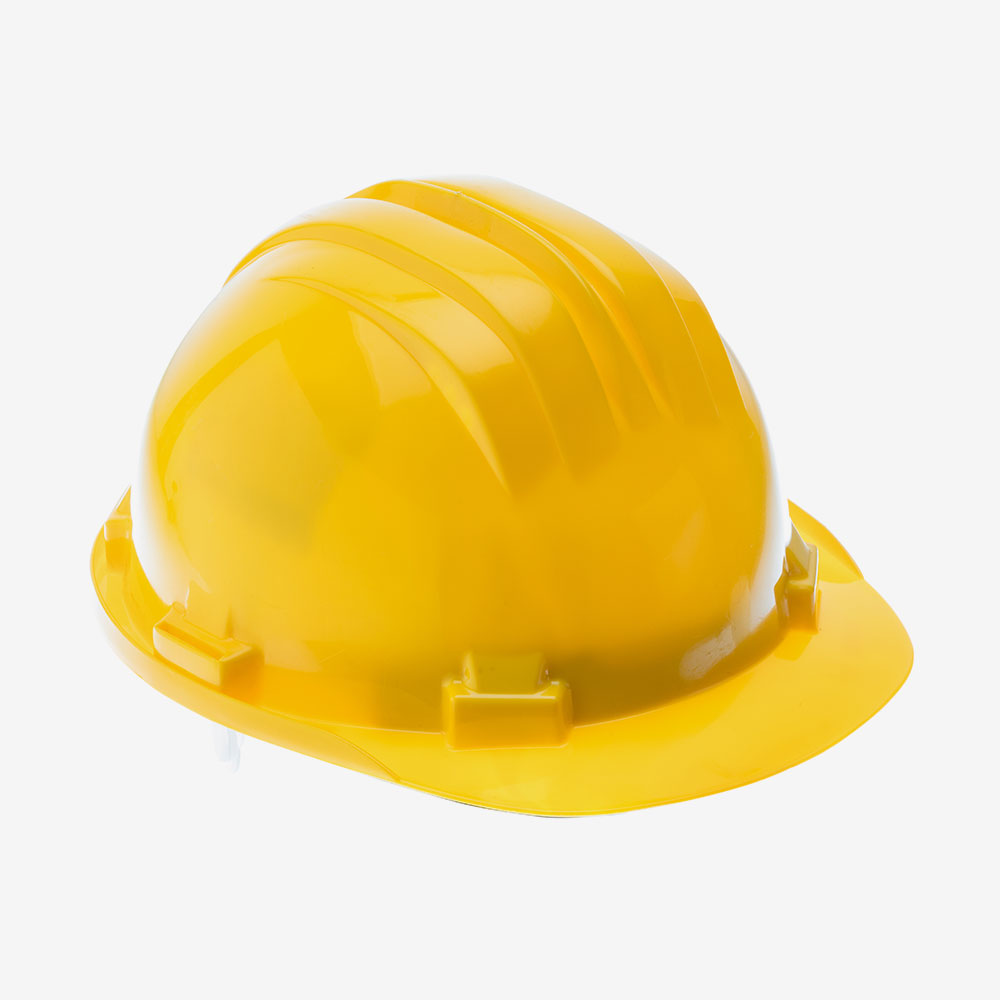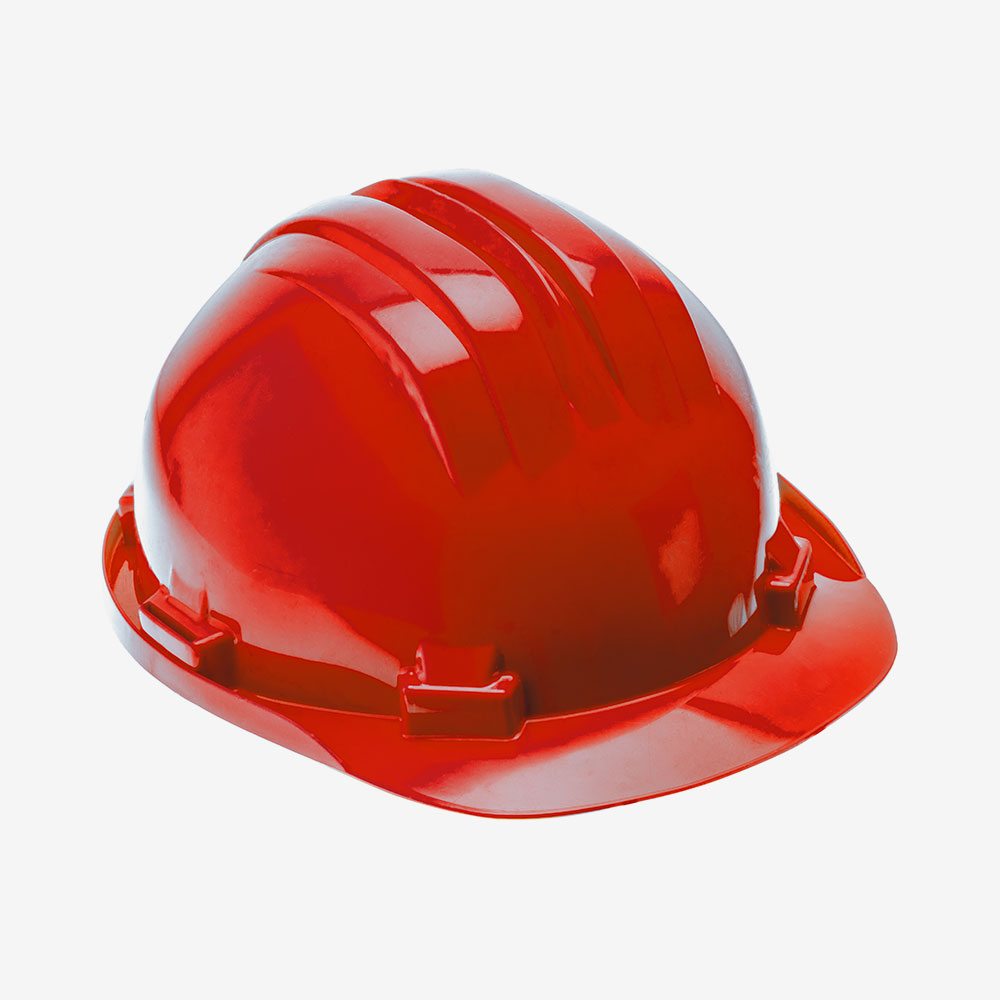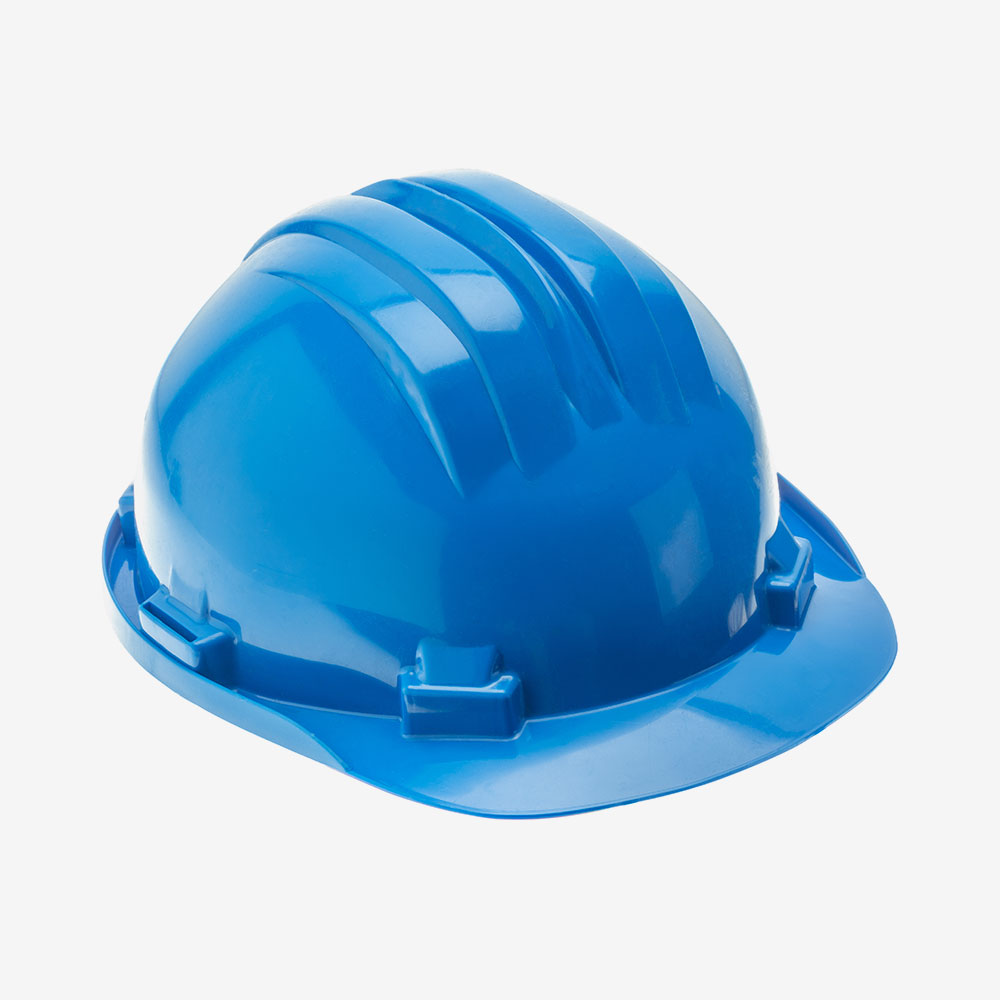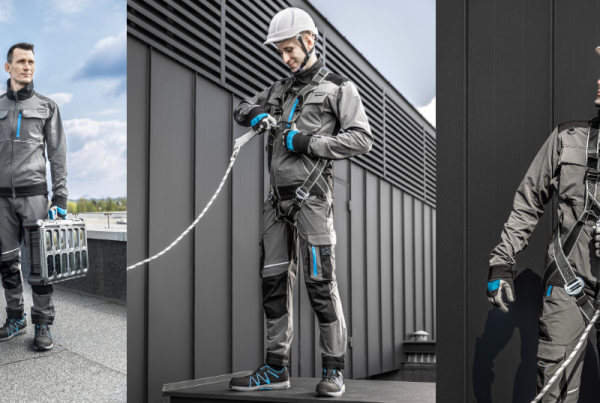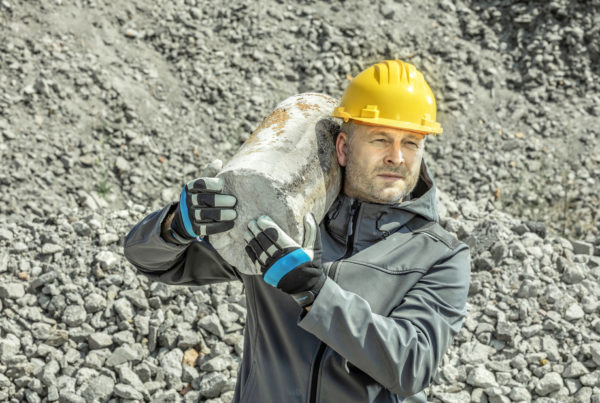The law does not regulate the issue of colour differentiation of protective helmets given to employees. These rules are most often subject to internal regulations. The situation of employees of general construction sites is different. The colours of the helmets define the function performed by the person on the construction site:
- yellow helmet – physical workers;
- white helmet – site manager, supervision inspector and engineers;
- blue helmet – workers at heights, machine operators, electricians, energy workers;
- green helmet – OHS worker;
- black helmet – architect / authorial supervision inspector;
- orange helmet – surveyor;
- red helmet – apprentices and visitors to the construction site.
Although the introduced colours of helmets are a symbol of well-organized work, you should be aware that on many construction sites, employees do not care about their functions and wear a helmet that is just available.
Worth knowing
The protective helmet protects the worker from falling objects which, hitting the parietal part of the head, may damage the skull, brain or vertebrae of the neck. Each helmet should meet the individual needs of the employee, protect him against any risk of mechanical injury. The helmet must be light so that it does not put too much strain on the head (optimal weight is 255 grams). The helmet must be adjustable so that the worker can adjust it to the size of head. It must also meet the EU standard PN-EN 397 entitled “Industrial protective helmets” that defines the physical and technical specifications, test methods and labelling requirements for protective helmets for industry.
Head protection should be worn by all workers when performing work:
- construction works, in particular performed on and in the vicinity of scaffolding, when raising and removing shuttering, during assembly and installation works;
- on bridges, steel structures, masts, towers, steel hydraulic structures, blast furnaces, steel mills, rolling mills, large tanks and pipelines, power stations, repair and assembly works on boilers and their installations;
- earthworks and rock works, work in excavations, ditches, shafts and tunnels;
- in underground workings, open-pit mines, mining of coal and other mineral resources, with explosive materials;
- at blast furnaces, ore processing plants, forges and metal foundries;
- in the vicinity of lifting equipment, cranes and conveyors;
- at industrial furnaces;
- in shipyards maneuvering on the railroad.
Regulations concerning the individual protection of an employee can be found in the Regulation of the Minister of Labour and Social Policy of September 26, 1997.

